12 Pterodactyl Facts for Kids [Things You Should Know] 2024
Many people refer to the two well-known pterosaurs of the Mesozoic Era, Pteranodon and Pterodactyl, as “pterodactyls.” Still, ironically, there wasn’t much of a relationship between these two avian reptiles. The flying reptiles known as pterodactyls (Pterodactylus antiquus) are extinct. They existed between 164 million and 64 million years ago, from the late Jurassic period to the late Cretaceous period.
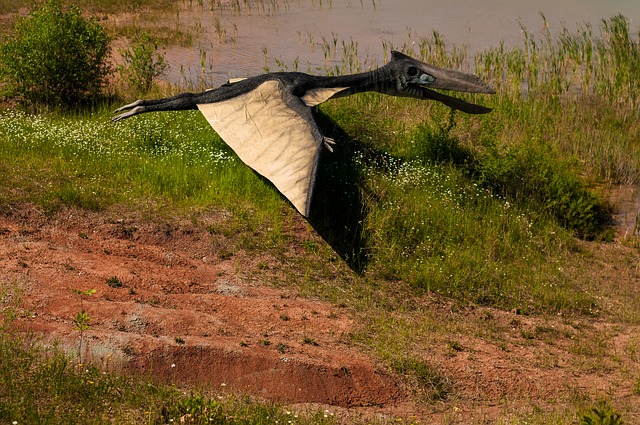
Although they may resemble dinosaurs, they are not. Pterodactyls are members of the order Pterosauria, which is made up of about 30 species of flying reptiles. Researchers have compiled numerous facets about these exciting species’, from their life cycle and behavior to what they probably consumed. Let’s take a closer look.
12 Interesting Pterodactyl Facts
They are warm-blooded reptiles.
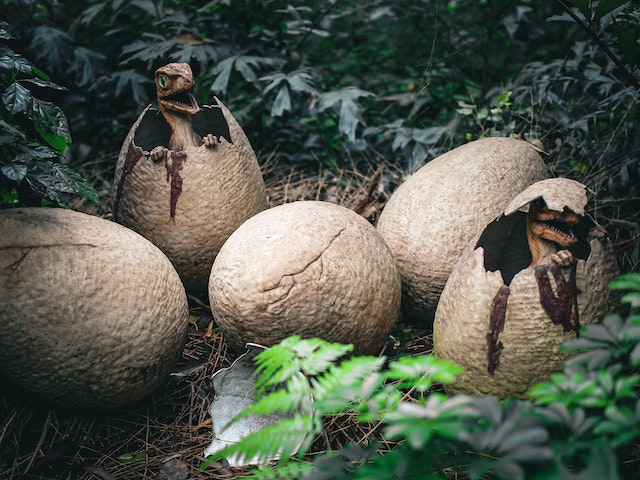
The Pterodactyl was a reptile, but experts believe that unlike snakes and lizards, which have cold blood, pterodactyls had warm blood, as evidenced by the fact that they had fur that resembled the hairs on our arms, which allowed them to generate body heat.
Pterodactyl and pteranodon were both without feathers.
Contemporary birds didn’t evolve from the carnivorous and two-legged feathered dinosaurs belonging to the Jurassic and Cretaceous periods. Instead, they descended from pterosaurs like Pterodactyl and pteranodon. We know that both Pterodactyl and Pteranodon had strict reptile features. At the same time, evidence suggests that some unusual pterosaur species, like the late Jurassic Sordes, had growths that looked like hair.
Also Read: Herbivore Dinosaurs That Ruled the Earth
Compared to Pterodactyl, the pteranodon was significantly larger.
Greater than any flying bird alive today, the most notable species of late cretaceous pteranodon achieved wingspans extending to 30 feet. Pterodactylus, the cretaceous bird, which lived millions of years before, was an embryonic creature in comparison. The most prominent individuals only had wingspans of eight feet, while most species only had two to three-foot-long wings, which is commonly found within the current range of avian species. The proportional pterosaurs’ weight, however, varied far less. Both were incredibly light to produce the highest amount of lift needed to fly.
Numerous pterodactyl species have been named.
Pterodactylus was discovered in 1784, while pteranodon was found in the middle of the 19th century. Due to many species attributed by paleontologists, the taxonomies of Pterodactyl and Pteranodon are heavily connected. Some of these species may be real, while others may prove to be uncertainly named. Still, other species may be more appropriately categorized under another pterosaur genus.
The first pterosaur ever found was Pterodactylus.
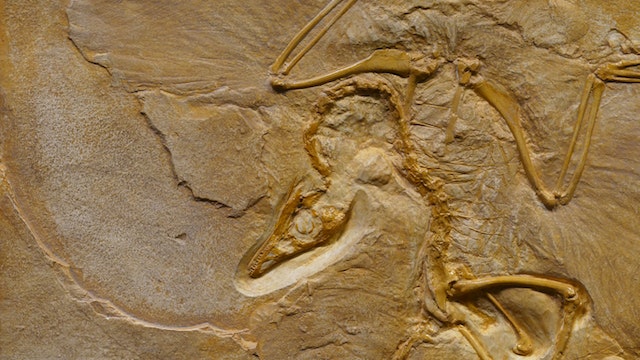
In Germany‘s late Jurassic Solnhofen, limestone, the first pterosaur fossil, was found in 1784. The location where archaeopteryx was later discovered was exact. Pterosaurs were first thought to have wings by Georges Cuvier in 1801.
Twenty-nine types of pterosaurs have been found in those deposits alone since the first pterosaur fossil was discovered. Mary Anning made a renowned early discovery in the UK when she saw a dimorphodon specimen in 1828 near Lyme Regis, Dorset, England.
Also Read: Amazing Facts About Geckos
Male Pterodactylus were similar to females.
The crest of the dominant pteranodon sex was likewise more prominent and noticeable, and it may have developed vivid colors during the mating season. Regarding Pterodactylus, there isn’t clear evidence for gender-based distinction because the sexes of this pterosaur were comparable in size.
They weren’t the first or the last flying reptiles.
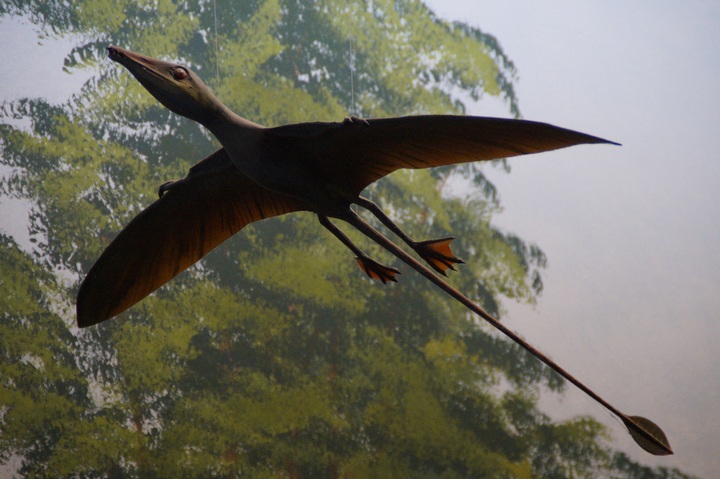
Even though Pterodactylus was the first pterosaur to be found, it wasn’t the first to exist. The first pterosaurs emerged some 210 million years ago in the late Triassic period. The Rhamphorhynchus were them. Compared to pterodactyloid, they featured shorter wrist bones, long, thin tails, and smaller wings.
Rhamphorhynchoids gave rise to the Pterodactyl, which first appeared in the late Jurassic about 60 million years later. Pterodactyloids persisted in evolution until the extinction catastrophe marked the end of the dinosaur era.
Pterodactylus possessed incisors.
Pterodactylus had a few teeth, a feature that pushed paleontologists to believe that the enormous pterosaur flew about the seashores. Their flying might have taken place in Late Cretaceous North America; they also suspect that these creatures mainly dined on fish. In contrast, Pterodactylus ate a varied but smaller-sized diet.
Pterodactyls’ hunting ways
They probably ate insects and mollusks the most. According to scientists, the shift in their diets toward fish and other small creatures didn’t occur until they reached a later period in their evolution. Pterodactyls probably pursued their food in many ways that predatory birds do today, as indicated by the shape of their heads and their teeth.
This suggests pterodactyls flew above the sea, watching the aquatic life until they saw a fish moving close to the surface. They would then dove downward to the fish in a sweeping motion. The fish was in the Pterodactyl’s mouth, held there by its dagger-like teeth before it realized it was in danger. Pterodactyls are probably indeed hunted when flying for terrestrial species.
Their short back legs and long wings would have made walking long distances awkward and impractical for hunting. Like bald eagles, they undoubtedly had strong eyesight and could observe prey drifting in the air from a great height. Once they were seen, they descended from the sky and attacked the hapless creature with their jaws and claws.
Pterodactylus was a four-legged dinosaur.
Pterosaurs, which had lizard-like skin, and modern birds, which had feathers, differ significantly in that pterosaurs were likely to walk on four legs. At the same time, modern birds were entirely bipedal by various investigations of ancient dinosaur trackways from the Mesozoic era that have been preserved alongside pterodactyl fossilized footprints.
Nobody is aware of the function of Pterodactylus’s skull crest.
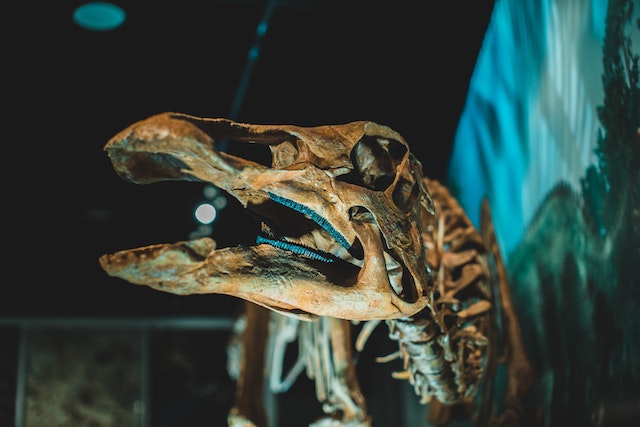
The most distinguishing characteristic of Pterodactyl, outside its size, was its long, backward-pointing, incredibly light skull crest, whose purpose is still unknown. Some paleontologists contend that this crest was solely a sexually chosen trait. In contrast, others maintain that Pterodactylus utilized it as a mid-flight rudder (perhaps anchoring a long flap of skin) (that is, male Pterodactylus with the largest, most elaborate crests were more attractive to females, or vice-versa).
Not all pterosaurs were as large as Pterodactylus.
The enormous quetzalcoatlus was a pterosaur that belonged to the late Cretaceous period. It had a wingspan of 35 to 40 feet. This creature was named after Quetzalcoatl, the Aztec flying and feathered god. Hatzegopteryx, a similarly sized pterosaur represented by incomplete fossil remains discovered in Europe, may displace quetzalcoatlus in the records of history. Only two examples of Hatzegopteryx have been found, dating roughly 66 million years ago. As far as paleontologists know, the Hatzegopteryx was a pterosaur, meaning it ate fish and lived in a maritime environment. It was able to fly, much like other pterosaurs. According to some scientists, pterodactyls may have flung themselves off the sides of cliffs or from trees. Others think they were able to leap into the air, gain height, and use their wings to fly.
Also Read:
Conclusion
In this article, we walked you through a list of cool facts about an even cooler dinosaur, the pterodactyl. These creatures offer us a ton of information about a period of time that existed millions of years ago, and we are better for it! If you are interested in learning more about other dinosaurs, be sure to check out our website to learn more interesting facts about dinosaurs if you enjoy reading about pterodactyls.
